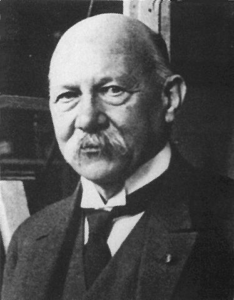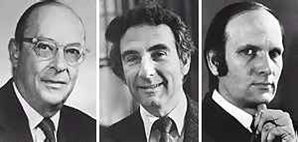What is a Superconductor?
Superconductors are materials that conduct electricity with no resistance. This means a superconductor can carry a current indefinitely without losing any energy, unlike the more familiar conductors such as copper or steel. They also have several other very important properties, such as the fact that no magnetic field can exist within a superconductor.

Superconductors already have drastically changed the world of medicine with the advent of MRI machines, which have meant a reduction in exploratory surgery. Power utilities, electronics companies, the military, transportation, and theoretical physics have all benefited strongly from the discovery of these materials.
Superconductivity:
Superconductivity is the ability of certain materials to conduct electric current with practically zero resistance. This capacity produces interesting and potentially useful effects. For a material to behave as a superconductor, low temperatures are required.
A Brief History of Superconductors:

In 1911 superconductivity was first observed in mercury by Dutch physicist Heike Kamerlingh Onnes of Leiden University ( When he cooled it to the temperature of liquid helium, 4 degrees Kelvin (-452F, -269C), its resistance suddenly disappeared. The Kelvin scale represents an “absolute” scale of temperature. Thus, it was necessary for Onnes to come within 4 degrees of the coldest temperature that is theoretically attainable to witness the phenomenon of superconductivity. Later, in 1913, he won a Nobel Prize in physics for his research in this area.
In subsequent decades other superconducting metals, alloys and compounds were discovered. In 1941 niobium-nitride was found to super-conduct at 16 K. In 1953 vanadium-silicon displayed superconductive properties at 17.5 K. And, in 1962 scientists at Westinghouse developed the first commercial superconducting wire, an alloy of niobium and titanium (NbTi). High-energy, particle-accelerator electromagnets made of copper-clad niobium-titanium were then developed in the 1960s at the Rutherford-Appleton Laboratory in the UK, and were first employed in a superconducting accelerator at the Fermilab Tevatron in the US in 1987.

The first widely-accepted theoretical understanding of superconductivity was advanced in 1957 by American physicists John Bardeen, Leon Cooper, and John Schrieffer.Their Theories of Superconductivity became know as the BCS theory – derived from the first letter of each man’s last name – and won them a Nobel prize in 1972. The mathematically-complex BCS theory explained superconductivity at temperatures close to absolute zero for elements and simple alloys. However, at higher temperatures and with different superconductor systems, the BCS theory has subsequently become inadequate to fully explain how superconductivity is occurring.
